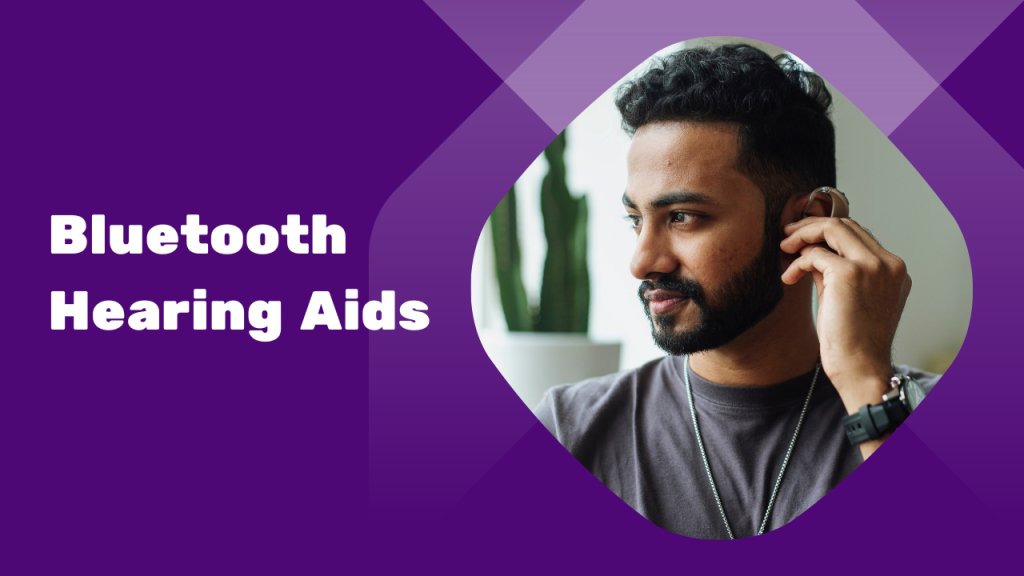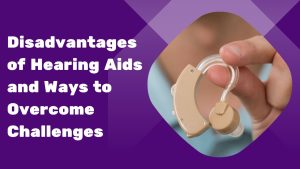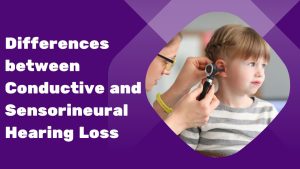Hearing aids are advanced electronic devices designed to improve communication and engagement for individuals with hearing loss. These small, wearable devices capture sounds through a microphone, process them using digital technology, and deliver amplified sound to the wearer’s ears. They can help individuals with mild to profound hearing loss by amplifying specific frequencies and reducing background noise.
Recent technological advancements have led Bluetooth-enabled Hearing Aids to provide seamless wireless connectivity between compatible handheld and wireless-supported devices.
This Bluetooth device for hearing aids includes wireless connectivity, rechargeable options, and personalised settings, enhancing hearing and quality of life. These devices offer essential functions like wireless audio streaming, customising preferences, changing listening modes, and changing volume levels.
Bluetooth devices for hearing aids also allow hands-free communication, working as built-in microphones to transfer speech to smartphones or other compatible devices. This will enable users to have phone conversations directly through their hearing aids. Let’s examine this guide will help you make an informed choice between Bluetooth hearing aids, models, costs, and essential aspects to make an informed decision.
An Ultimate Guide to Bluetooth Hearing Aids
How do Bluetooth hearing aids work?
Let’s unbundle the technology for a minute and understand how the Bluetooth hearing aids connect:
- Bluetooth Transmitter: Audio sources, such as a smartphone, tablet, or TV. It converts audio signals into digital data and wirelessly transmits them using Bluetooth.
- Bluetooth Receiver: Built-in Bluetooth receivers are present in Bluetooth hearing aids. They take in the wireless signals the audio source sends and re-create them as audible sounds the wearer may hear.
- Pairing Process: This Bluetooth on both devices initiates a pairing process through the hearing aid settings or the audio source’s Bluetooth settings.
- Signal Processing: The Bluetooth hearing aids process the sound using advanced digital signal processing algorithms after receiving the audio data. These algorithms assess and improve the sound based on the wearer’s hearing requirements and preferences.
- Audio Streaming: Phone calls, music, podcasts, videos, and other audio content from the device can be directly streamed into the wearer’s hearing aids. The streaming is typically bidirectional, allowing wearers to hear audio from the connected device and transmit their voice back to the device during phone calls.
- Multiple Device Connectivity: Wearers of this Bluetooth device for hearing aids can seamlessly switch between audio sources, from a phone call on their smartphone to streaming music from a tablet or watching TV.
Benefits of the Bluetooth Hearing Aids
- Hearing aid Bluetooth headphones: The hearing aids’ microphones pick up the wearer’s voice, which wirelessly transmits to their paired smartphone, allowing them to have clear and convenient phone calls.
- Rechargeable Batteries: Users can simply place their hearing aids on a charging dock or use a rechargeable battery pack to power their devices, providing convenience and cost savings over time.
- Built-in supported applications: Bluetooth-enabled hearing aids provide personalised control, convenient accessibility, remote microphone functionality, battery monitoring, advanced sound adjustment features, and troubleshooting through the built-in supported applications.
- Tinnitus Management: This feature includes soothing sounds or customised sound therapy programs to help individuals with tinnitus find relief and manage their symptoms.
- Telecoil Compatibility: Telecoil compatibility enhances the wearer’s ability to access clear sound in environments with loop systems commonly found in public places like theatres and concert halls.
Making the Right Choice for Your Ears
Consider these factors when you choose a hearing aid to provide the best possible hearing experience:
- Professional Evaluation: Have your hearing professionally evaluated by an audiologist to determine your hearing type and degree of hearing loss.
- Lifestyle and Listening Needs: Consider your daily activities and environments. And look for features that align with your listening needs.
- Comfort and Fit: Ensure the hearing aid is comfortable and fits well. It should be secure and not cause any discomfort or irritation.
- Features and Technology: Research the available characteristics, and identify which features are most important to you.
- Battery Life and Maintenance: Consider the hearing aid’s battery life and the ease of maintenance, including changing batteries or using rechargeable options.
- Budget: Set a realistic budget and explore hearing aid options. Consider any insurance coverage or financial assistance programs that may be available for Bluetooth hearing aids price in India.
- Trial Period and Warranty: Inquire about a trial period or return policy to ensure you have an opportunity to evaluate the hearing aid’s effectiveness.
- Ongoing Support: Consider the availability of follow-up appointments, adjustments, and ongoing support from the hearing healthcare professional or provider.
CONCLUSION
Ready to experience the transformative power of wireless technology carrying the capacity of Hearing aid Bluetooth headphones?
Find the perfect solution tailored to your unique needs and lifestyle. Click now to explore Bluetooth hearing aids price in India and schedule a consultation with our hearing healthcare professionals.
Your journey to better hearing starts here!
Get your best Hearing Aid consultancy from an expert Audiologist at your home




